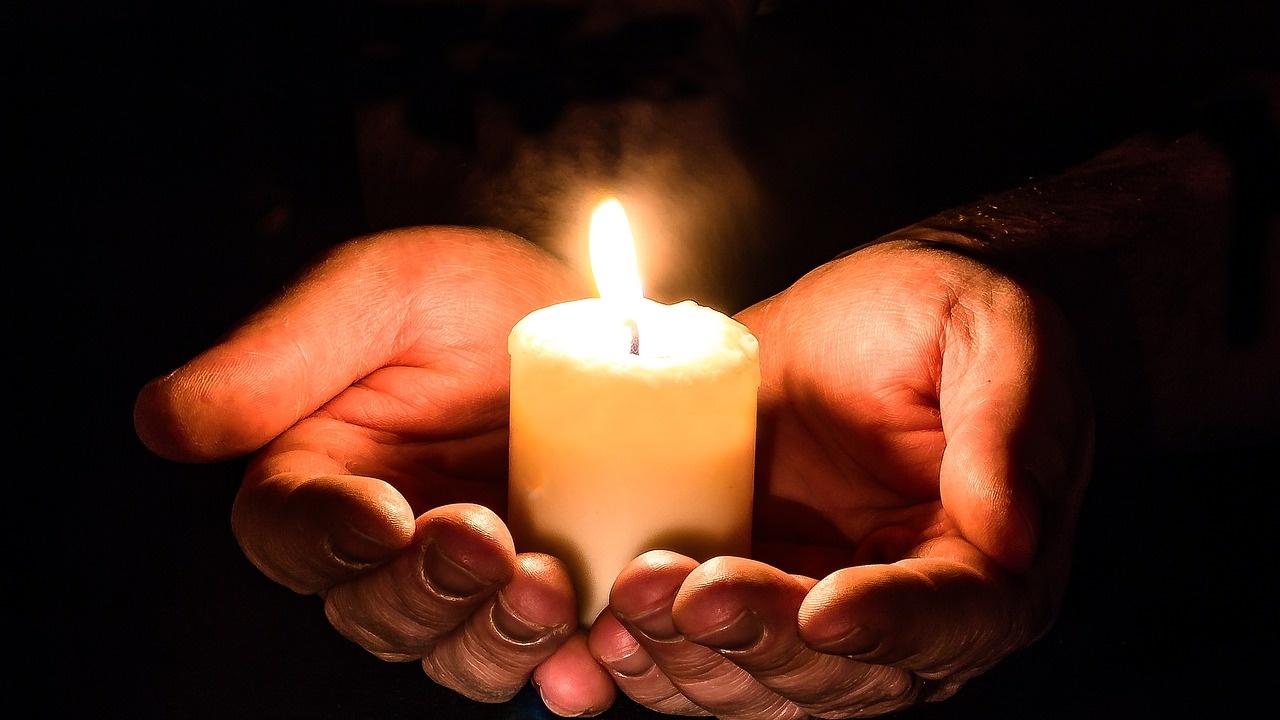Saint George lived in the VIII-IX century and was one of the many confessors of the Orthodox faith who, without fearing for their health and life, defended the truths of their faith established by the ecumenical councils.
His example is impressive, but despite this, not much information about his life has been preserved, it is not known where and when he was born, where he was a monk.
H
hired for him only from his first manifestations in defense of icon veneration.
During the persecution against the worshipers of the holy icons, initiated by the emperor Leo III Isaurus and continued by his son Constantine V Copronymus, the worshipers of the icons and other sacred images were very severely persecuted, monks were publicly humiliated and killed, Christian sanctuaries and monasteries were destroyed, writes BTA.
We celebrate the memory of the Venerable Mary of Egypt and Saint Abraham the Bulgarian
In these troubled and dangerous decades, the learned monk George showed himself as an unwavering defender of icon veneration, for which he suffered persecution and worries.
But later, during the reign of Emperor Constantine the Red-Beared, when the persecution was stopped, George was elected metropolitan of the city of Mytilene on the island of Lesbos.
He made many efforts to appease his flock and live a life according to God.
However, when the iconoclast emperor Leo the Armenian came to power, he resumed the persecution against the worshipers of the holy icons with even greater force.
In 815, he summoned many bishops to Constantinople and persuaded them to accept the iconoclastic teaching.
The Venerable Bishop George of Mytilene was also invited.
He was already too old, but nevertheless he showed courage and publicly denounced the emperor and the iconoclast patriarch for their heretical errors.
For this audacity, the aged bishop George was sent into exile in the city of Kherson (today within the boundaries of the city of Sevastopol) on the Crimean peninsula, where the holy old man died in exile in 821.
